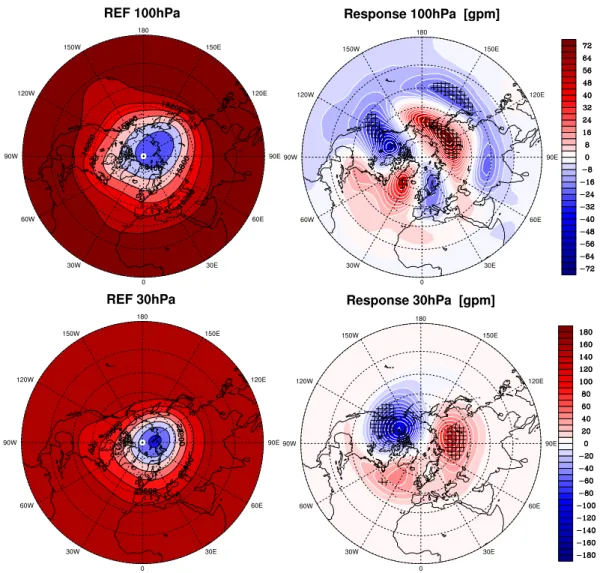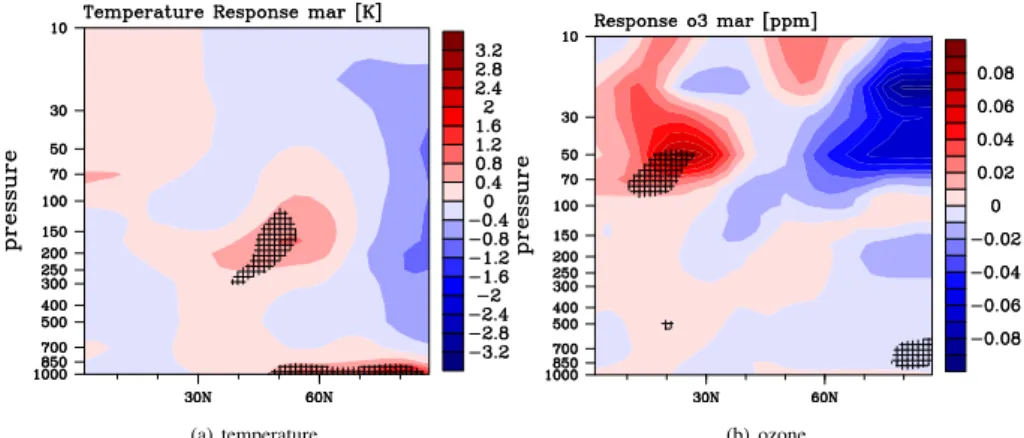Implications of all season Arctic sea-ice anomalies on the stratosphere
Texto
Imagem
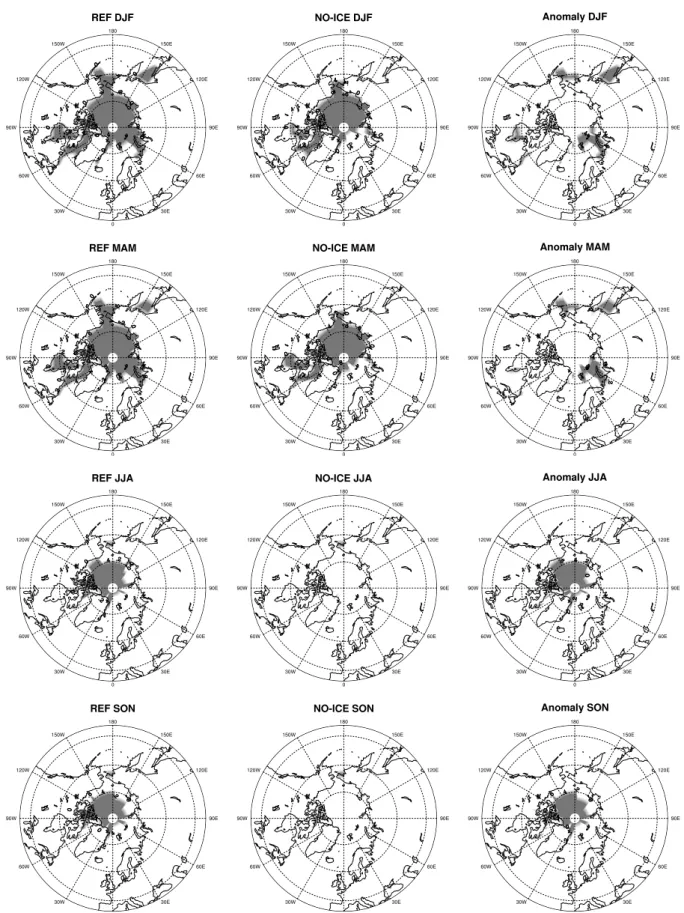
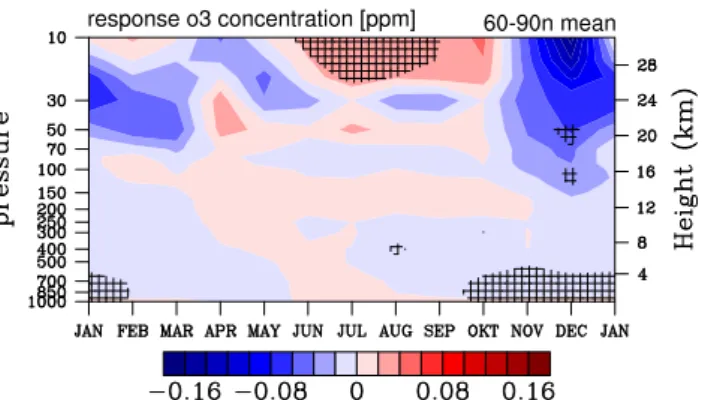
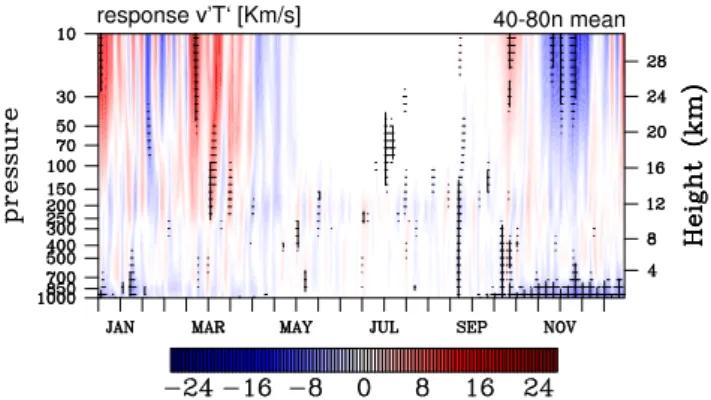
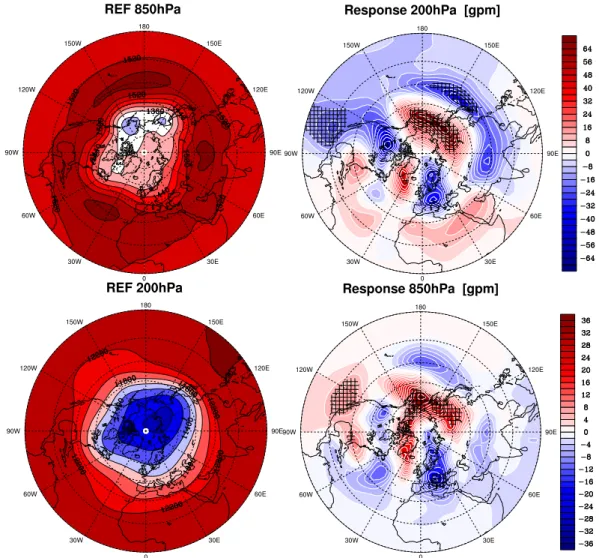
Documentos relacionados
The top 2 cm section of the sea ice had relative high bulk salinity on 20 January (Fig. 3) likely due to the granular nature of the sea ice in this part of the core creating
4, we finally compare the magnitude and pacing of past temperature changes reconstructed from deep ice cores to the changes simulated by coupled ocean-atmosphere-sea- ice models
Trends in the time series of annual mean MO dates indicate that MO is occurring earlier in the year for the majority of Arctic sea ice over the 1979–2012 data record
ozone loss reaches 40–60 % and in the upper stratosphere where both models show 70 % ozone decrease (see Fig. In the polar areas of the lower stratosphere we obtain 70–80 %
Impacts of sea-ice reduction on the future projection of pH and aragonite saturation values in the Arctic surface waters have been investigated by comparing the rates of
For these rea- sons, a metric based on the 1979–2010 SSIE trend must cer- tainly account for these effects, given that (1) only one ob- served climate realization is available,
Furthermore, the high- est ionic concentrations were also found in this layer, and it appears reasonable to suggest that unfractionated sea salt was present 17 cm from the
main aim of this work is to derive the eigen-frequencies of the system, which includes the buoyant, elastic ice-shelf and the sea water under the ice-shelf, implying that, in
